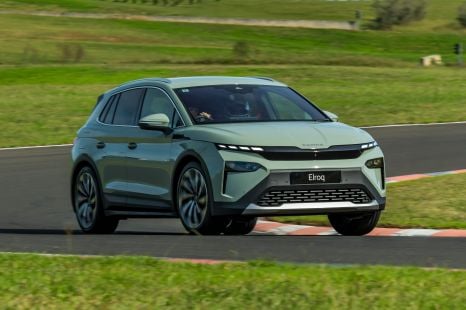

James Wong
4 Days Ago
The two-row 2023 Jeep Grand Cherokee has been spied on local roads ahead of an imminent launch.
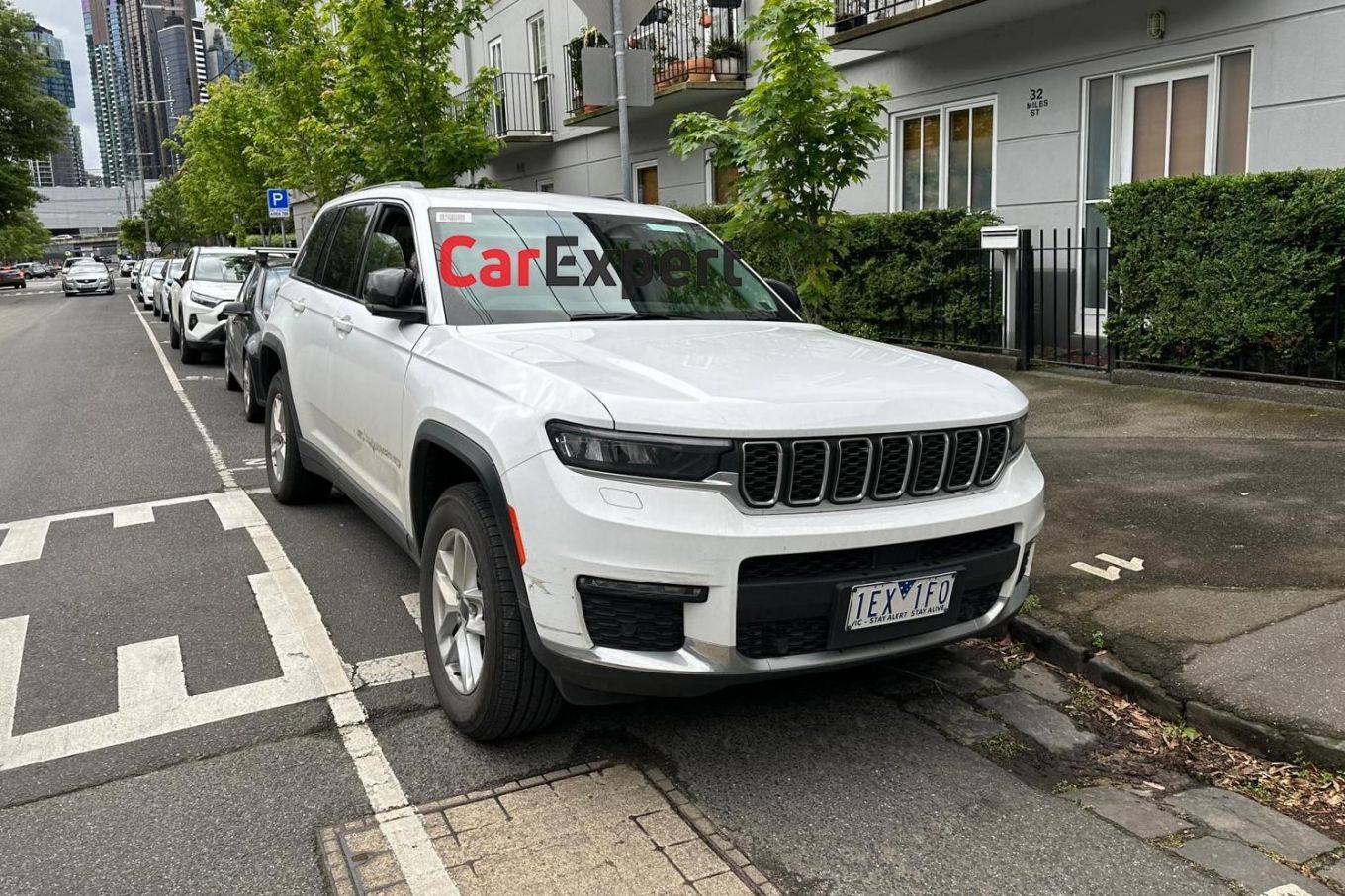
The two-row WL-series Jeep Grand Cherokee has been spied on local roads ahead of its launch.
Jeep confirmed in the two-row Grand Cherokee would launch locally in the fourth quarter of 2022, with plug-in hybrid 4xe models following in the first quarter of 2023. We’ve contacted Jeep Australia to confirm if there have been any changes to launch timing.
“The two-row WL is already here. And it’s already being tested and evaluated, all the data is being fed back,” Jeep Australia managing director Kevin Flynn told CarExpert in May.
“We’ve got a full-time employee who’s just working on that project, and feeding back the data. And so yeah, it’s happening. And there’ll be a continued commitment to do that.”
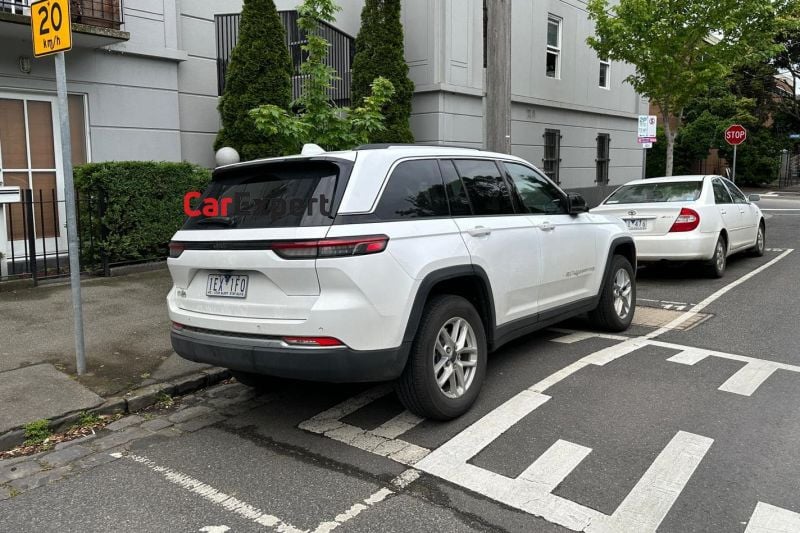
Mr Flynn said it was “more about validation” than developing a bespoke tune for the local market.
“In all fairness, whilst there is a certain uniqueness about the environment here, one of the big ones is just the sheer length of dirt road-type environments plus the heat. That’s very, very important for us,” said Mr Flynn, noting the WL was developed across around 10 countries.
“So when they then pull the settings together and then set the vehicle for us, we validate that that specification is either right or wrong or whatever, and feed that back.
“To be honest with you: the car we got is spot on.”

The plug-in hybrid Grand Cherokee 4xe is also being tested locally, and will be the first PHEV sold by Jeep in Australia. The 4xe is available only in the shorter, two-row body and not the three-row L.
The example photographed appears to be a base petrol Laredo here for engineering and evaluation purposes, with its badges removed.
We don’t necessarily expect the two-row WL range to open with a Laredo as Jeep Australia has been moving away from offering these entry-level trims seen in the North American market.
Currently, every member of the local Jeep line-up now opens with a sportier-looking Night Eagle trim instead, including the three-row Grand Cherokee L that launched earlier this year.
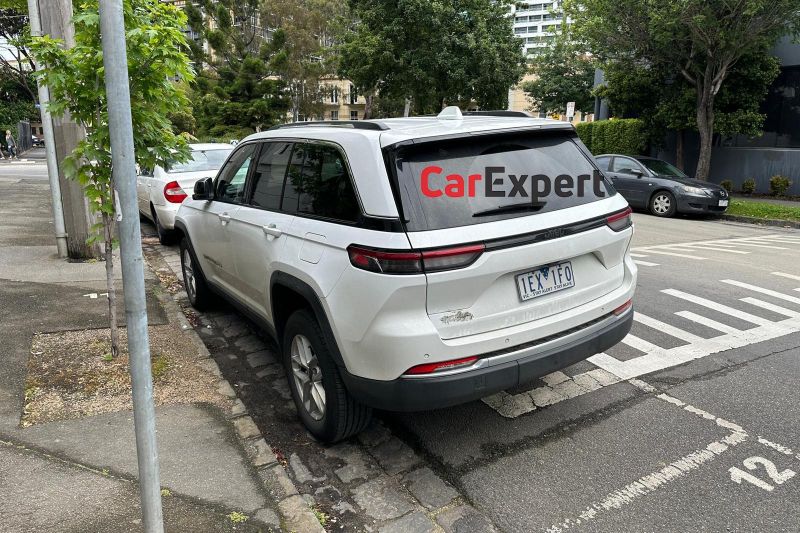
CarExperthas previously understood the two-row line-up will be offered in Night Eagle, Limited and Summit Reserve trims, with the 4xe only expected to be offered in the two higher trims.
The shorter two-row body is also offered in a more off-road-ready Trailhawk variant in North America.
Jeep currently advertises its Grand Cherokee L range with a base price of $83,500 before on-road costs, with the Limited costing $89,500 and the Summit Reserve costing $116,700. Naturally, we expect the shorter two-row to be more affordable, though it’s unclear by how much.
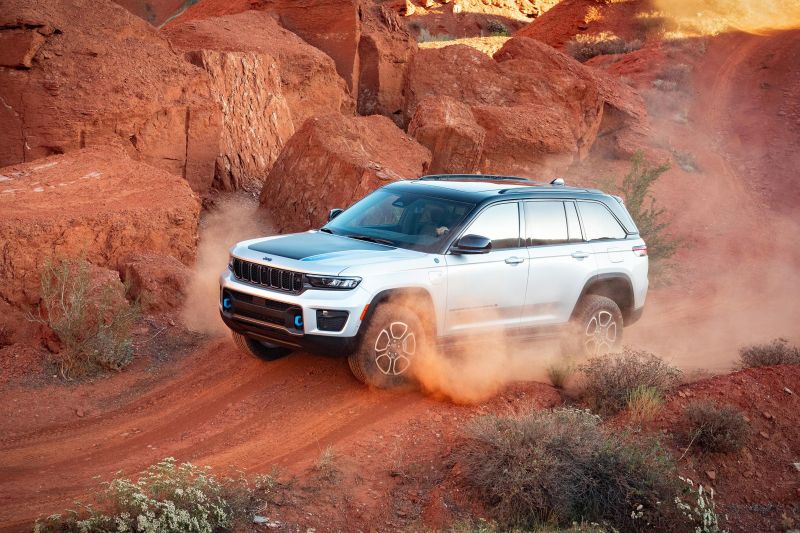
The 266kW/530Nm 5.7-litre Hemi petrol V8 hasn’t been introduced locally, which means all Grand Cherokee models sold in Australia exclusively use the naturally aspirated 3.6-litre Pentastar petrol V6.
This produces 210kW of power and 344Nm of torque. Jeep says it would be “feasible” for its new, more powerful inline sixes to be installed in the Grand Cherokee, but stopped short of confirming such an addition.
In the meantime, the most powerful Grand Cherokee that will be offered locally will be the 4xe, which mates a turbocharged 2.0-litre four-cylinder engine with an electric motor and a 17kWh battery, for total system outputs of 280kW and 637Nm.

As with the three-row L, don’t expect to see a diesel even though a significant number of large SUVs still offer an oiler, with the 3.0-litre turbo-diesel V6 dying with the previous WK2 series.
“In this segment I’m told diesel… it’s what we need. If we don’t have diesel, we can’t sell,” Jeep global CEO Christian Meunier told CarExpert in September.
“I don’t believe this stuff. The market is going to evolve, right? Because diesel is going to go away. Diesel is going to die.
“It’s going to die in Europe. And because the big volume was coming from Europe and the European manufacturers were really, really promoting diesel.”
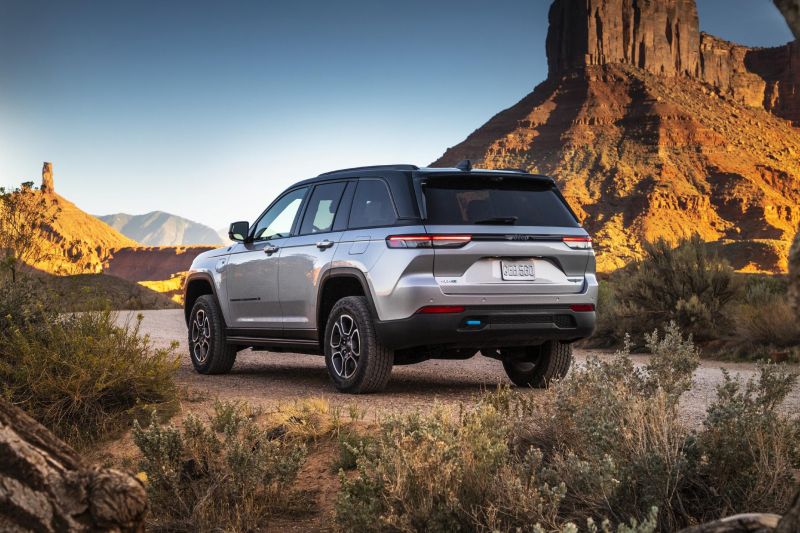
Mr Meunier said he sees plug-in hybrids as a good bridge in markets like Australia until there’s infrastructure more supportive of full electric vehicles.
The defunct turbo-diesel V6, which is being phased out by corporate parent Stellantis, accounted for around 57 per cent of WK2 Grand Cherokee sales over the years, and its absence is keenly felt in a part of the market where diesels remain popular.
Jeep Australia is relying on diesel enthusiasts to think long and hard about how much they need the capability of an oiler.
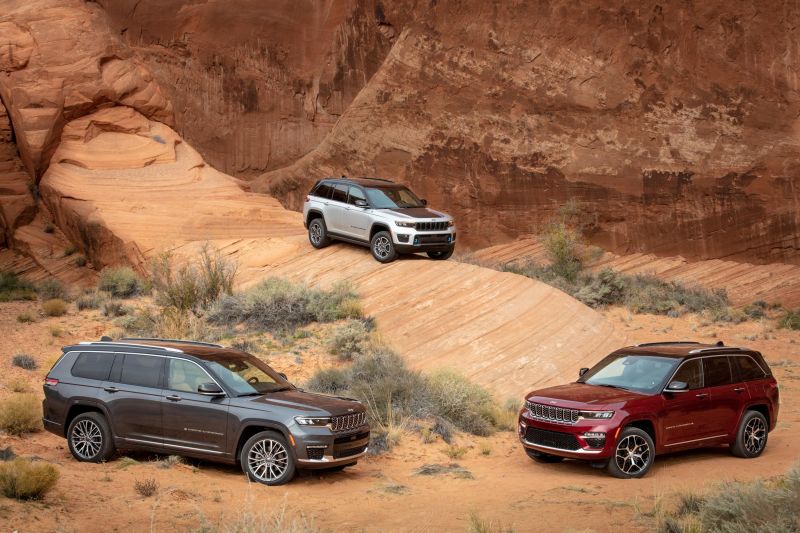
“Without doubt, we will have some diesel customers which are going to have to reconsider and work out what actually do they need,” Mr Flynn told CarExpert earlier this year.
“And it’s quite possible that actually the vehicle still with 2800[kg braked towing capacity] is still going to be enough for them to adequately pull what they need to pull.”
Mr Flynn also added that things are “moving very, very fast away from diesel”.
The new WL, in contrast, has a braked towing capacity of 2813kg in Night Eagle and Limited trims and 2268kg in the Summit Reserve – down on the 3500kg figures offered by the old WK2 diesel and large SUVs like the Isuzu MU-X.
Take advantage of Australia's BIGGEST new car website to find a great deal on a Jeep Grand Cherokee.
William Stopford is an automotive journalist based in Brisbane, Australia. William is a Business/Journalism graduate from the Queensland University of Technology who loves to travel, briefly lived in the US, and has a particular interest in the American car industry.


James Wong
4 Days Ago
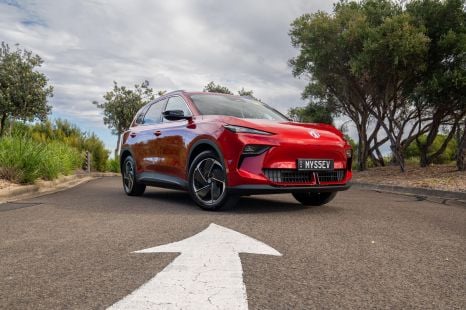

Andrew Maclean
4 Days Ago
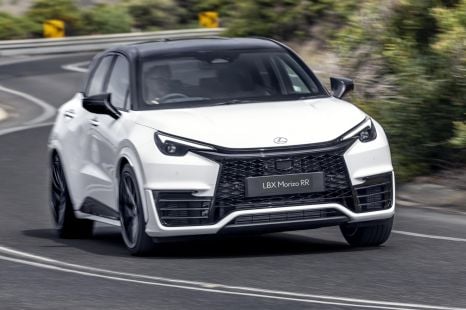

Josh Nevett
8
4 Days Ago
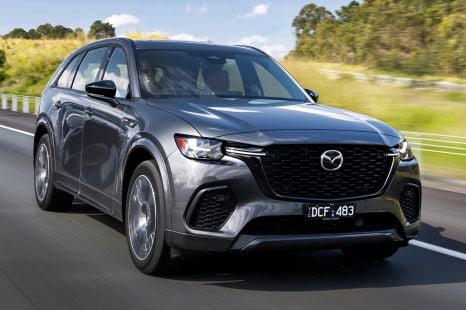

Jack Quick
7.9
3 Days Ago


Damion Smy
2 Days Ago


Neil Briscoe
2 Days Ago